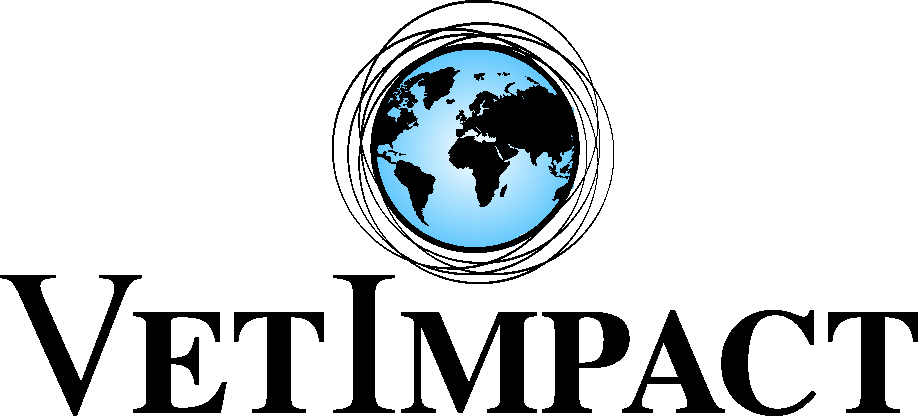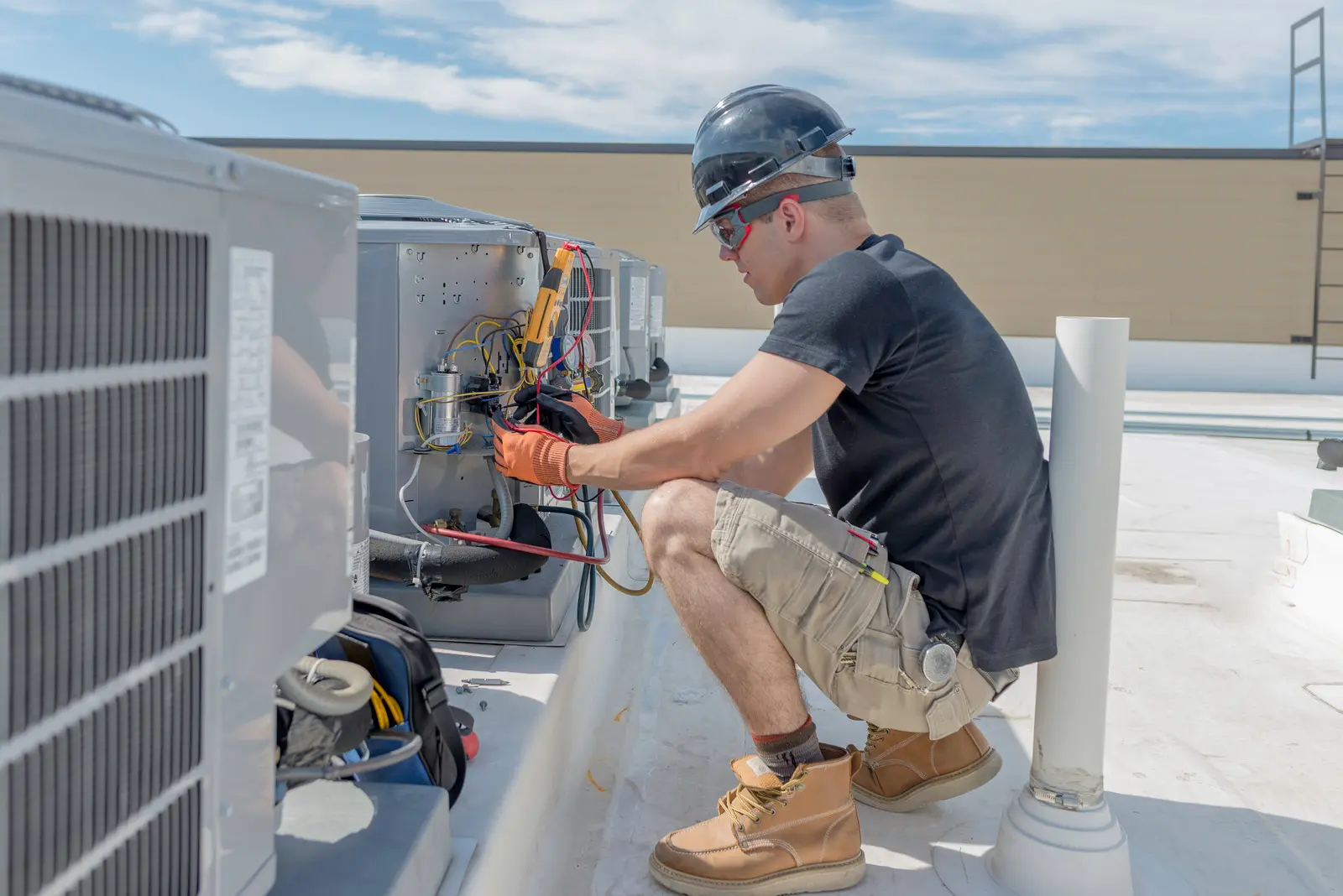When it comes to protecting your home, one size does not fit all. Homeowner’s insurance policies come in various forms, each tailored to meet different needs and circumstances. Understanding the different policy forms is essential for selecting the right coverage that adequately safeguards your home and possessions. In this comprehensive guide, we will unravel the mysteries surrounding the different types of homeowners insurance policy forms. It will empower you to make an informed decision and ensure comprehensive protection for your most valuable asset.
HO-1: Basic Form
The HO-1 policy form, also known as the Basic Form, offers the most limited coverage among the options available. It typically provides protection against a limited number of perils, such as fire, lightning, vandalism, and theft. However, it does not cover more common risks like water damage, liability, or personal property loss. Due to its restrictive nature, the HO-1 policy is rarely offered by insurance companies today, as it fails to provide adequate coverage for most homeowners’ needs.
HO-2: Broad Form
The HO-2 policy form, also called the Broad Form, offers broader coverage than the HO-1 policy. It protects against a wider range of perils, including fire, theft, vandalism, falling objects, and specific weather-related damage, such as hail and windstorms. The HO-2 policy generally includes dwelling coverage, personal property coverage, and liability coverage. However, it is important to review the policies carefully, as coverage limits and exclusions can vary among insurance providers.
HO-3: Special Form
The HO-3 policy form, known as the Special Form, is the most common and comprehensive type of homeowners insurance coverage. It offers broad protection for both the structure of your home and personal belongings against all perils except those explicitly excluded in the policy. This means that unless a specific risk is listed as an exclusion, it is generally covered. However, it’s crucial to review the exclusions section to understand what perils are not covered, such as earthquakes or floods. Additional endorsements can be added to the HO-3 policy to extend coverage for specific risks.

HO-4: Renter’s Form
The HO-4 policy form, also known as the Renter’s Form or Tenant’s Form, is designed specifically for renters. This policy protects the tenant’s personal belongings and provides liability coverage. As a renter, you are not responsible for insuring the structure of the building itself, as that falls under the landlord’s responsibility. The HO-4 policy is an essential safeguard, covering your possessions against perils such as fire, theft, and vandalism while also offering liability protection in case someone is injured in your rented property.
HO-5: Comprehensive Form
The HO-5 policy form, known as the Comprehensive Form, provides the highest level of coverage available for homeowners. It offers all-risk coverage for both the structure of your home and personal belongings, except for specifically listed exclusions. The HO-5 policy is ideal for homeowners seeking extensive protection and peace of mind. It typically includes higher coverage limits and additional benefits, making it an excellent choice for those with valuable possessions or custom-built homes.
HO-6: Condo Form
The HO-6 policy form also referred to as the Condo Form, is designed specifically for condominium owners. As a condo owner, your insurance needs differ from those of a traditional homeowner, as you only need coverage for the interior structure and personal belongings within your condo unit. The HO-6 policy covers improvements made to the interior and personal property and provides liability coverage. Since the condo association typically has a master insurance policy that covers the building’s structure and common areas, the HO-6 policy focuses on protecting the owner’s personal property and liability within their individual unit.
HO-7: Mobile Home Form
The HO-7 insurance policy, also known as the Mobile Home Form, is designed to provide coverage for mobile or manufactured homes. It offers protection for both the structure of the mobile home and the personal belongings inside it. The policy covers perils such as fire, theft, vandalism, and certain weather-related damage. It also includes liability coverage to protect against lawsuits arising from injuries or property damage on the insured property. The HO-7 policy is specifically tailored to address the unique characteristics and risks associated with mobile homes, ensuring that owners have the necessary protection for their valuable assets. Consulting with an insurance professional is important to fully understand the terms and conditions of the HO-7 policy and ensure comprehensive coverage for your mobile or manufactured home.
HO-8: Older Home Form
The HO-8 policy form, also known as the Older Home Form, is specifically designed for older homes that may not meet the replacement cost value required for other policy forms. This type of policy takes into account the unique characteristics and materials used in older homes. It provides coverage based on the actual cash value rather than the replacement cost. While the coverage is more limited compared to other forms, the HO-8 policy still offers protection against common perils such as fire, theft, and vandalism, ensuring that owners of older homes can still find adequate coverage.
Conclusion
Selecting the right homeowner’s insurance policy form is a crucial decision to protect your home and personal belongings. Understanding the different types of policy forms, from the basic coverage of HO-1 to the comprehensive protection of HO-5, allows you to choose the coverage that aligns with your needs and budget. Whether you’re a homeowner, renter, or condo owner, there’s a policy form tailored to your specific circumstances.
And if you are looking for the same, we are here to help. Our experienced insurance professionals will assess your requirements, review policy details, and ensure you have the comprehensive coverage necessary to safeguard your most valuable asset – your home.



